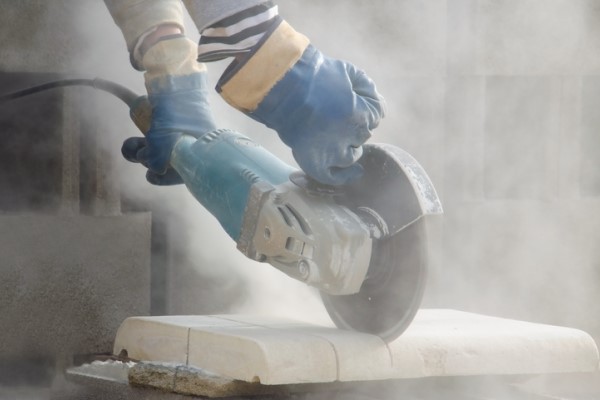Trolex warns of worker health risks despite engineered stone ban

Australia will lead the world in banning the importation of engineered stone as another positive move in the fight to protect workers from silicosis, but research shows more needs to be done.
A recent US study Annals of Work Exposures and Health examined the levels of background respirable crystalline silica (RCS) on a construction site in Colorado, concluding their study suggested that, even with the implementation of dust controls and work practices, employees may still be at risk of silica exposure above the Occupational Safety and Health Administration (OSHA) permissible exposure limits.
The Colorado site followed OSHA guidelines to protect workers from RCS exposure above the permissible exposure limit of 50μg/m³. The same exposure limit applies across Australian workplaces.
The study has raised questions in Australia about whether more needs to be done following bans to protect workers and others from RCS, even where mandated safety measures have been put in place by employers.
Trolex chief executive Glyn Pierce-Jones says many Australian labourers will continue to encounter severe health hazards, despite the much-welcomed ban on engineered stone.
“Even with engineered stone out of the picture and strong workplace safety regulations, as strong as any in the world, Australian worksites still carry risks that can only be reduced if real-time dust monitoring is introduced,” Glyn says.
Personal worker and area background silica samples were taken over 13 days and involved workers working on dried concrete/mortar. The results suggest that dust controls were inadequate for some construction activities, including a walk-behind saw (126μg/m³), dowel drilling (99.9μg/m³and grinding (172μg/m³).
In Australia, real-time air monitoring is not required of employers complying with OSHA dust controls. However, the results of the US study suggest that real-time air monitoring may still be warranted to identify employees at an increased risk of silica exposure.
